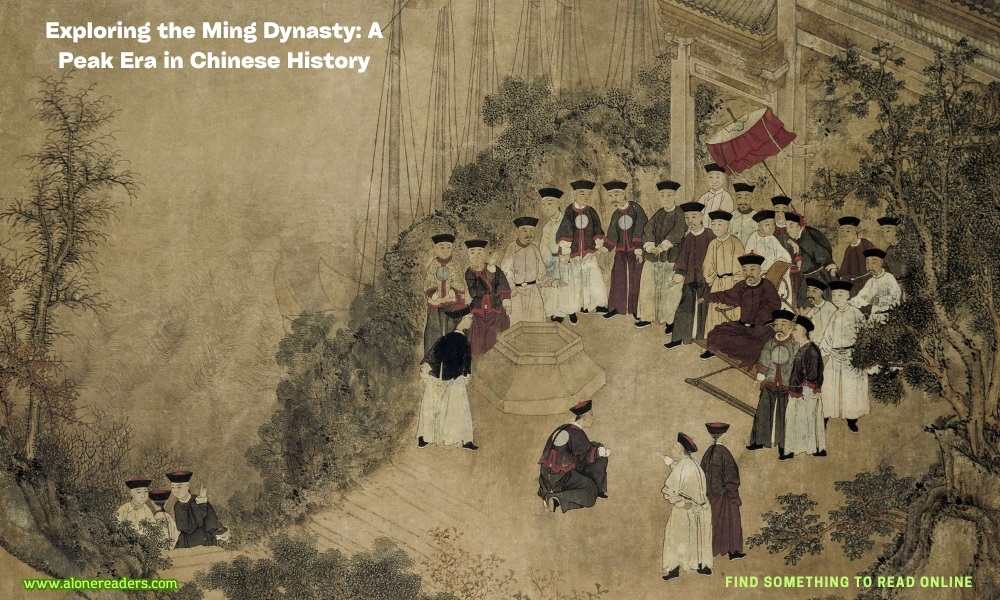
The Ming Dynasty, which lasted from 1368 to 1644, is often considered one of the most stable yet vibrant periods in Chinese history. This era was marked by remarkable advancements in technology, culture, and diplomacy and is known for its strong government and military prowess. The period not only defined the political and social landscape of China but also influenced various aspects of life that are still evident in Chinese culture today.
The Ming Dynasty was established by Zhu Yuanzhang, who later took the name Emperor Hongwu. His rise to power was nothing short of dramatic. Originally a poor peasant, Zhu became a monk and then a rebel leader, eventually overthrowing the Mongol-led Yuan Dynasty. As emperor, he implemented a series of reforms aimed at consolidating his power and restoring Chinese rule. This included revamping the military, reinforcing the Great Wall, and promoting agriculture. His policies laid a solid foundation for what would become over two centuries of prosperity.
Under the Ming, the imperial administration was strengthened with a renewed emphasis on Confucian ideologies, which underscored the return to a more orthodox statecraft. The civil service examination was reinstated as the primary method for selecting government officials, which underscored the dynasty's emphasis on merit over hereditary privilege. This led to the creation of a highly efficient and relatively corruption-free bureaucracy, at least in the early and middle periods of the dynasty.
Culturally, the Ming era was a renaissance of arts and culture. The period is noted for its contributions to literature, philosophy, and a flourishing of the arts that included painting, poetry, and porcelain. Ming vases, with their intricate designs and impeccable craftsmanship, are still highly prized today. The era also saw the construction of the Forbidden City in Beijing, a monumental palace complex that still stands as a testament to Ming architectural and artistic prowess.
One of the defining features of the Ming Dynasty was its isolationist policies in later years. Initially, the Ming emperors were outward-looking; they sent large naval expeditions across Asia and Africa under the command of the admiral Zheng He. These expeditions reached as far as the east coast of Africa and were intended to project Chinese power and influence overseas. However, after these expeditions, the dynasty turned inward, focusing on internal affairs and limiting interactions with the outside world. This shift had profound implications for China's position in global trade and its relations with neighboring countries.
Economically, the Ming Dynasty was characterized by significant growth. This was facilitated by technological innovations in agriculture, such as the widespread introduction of early-ripening rice from Vietnam, which supported population growth. Trade flourished, both internally and with foreign nations, until the later periods of the dynasty when restrictive policies curtailed external trade.
Despite the prosperity, the Ming Dynasty faced numerous challenges that eventually led to its decline. The government was plagued by corruption, heavy taxation, and bureaucratic inefficiency in its later years. Additionally, natural disasters, famines, and peasant revolts weakened the state. The most significant threat came from the Manchus, a tribal group from the north, who capitalized on the Ming's weakening power and eventually overran the Great Wall, leading to the fall of the Ming and the rise of the Qing Dynasty.
In retrospect, the Ming Dynasty is often portrayed as a period of great cultural and economic flourishing. It was an era when China was a global leader in technology and culture. The legacies of the Ming, from the Forbidden City to the fine porcelain exported around the world, continue to be celebrated as symbols of Chinese ingenuity and tradition. Thus, the Ming Dynasty remains a profoundly influential period in the annals of Chinese history, representing both the zenith of imperial grandeur and the complex challenges inherent in maintaining such a vast empire. The lessons and legacies of the Ming continue to be studied and admired for their profound impact on Chinese civilization and beyond.